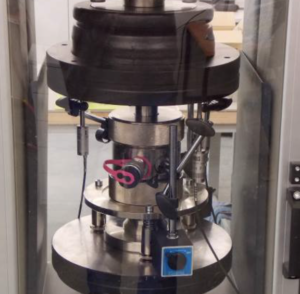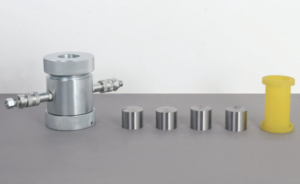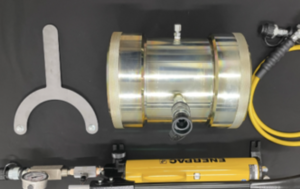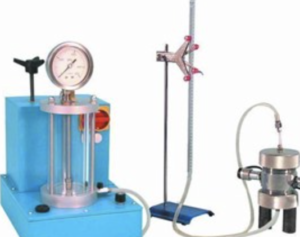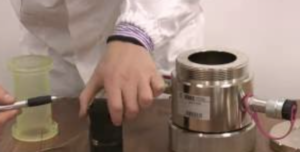Triaxial Shear Testing of Soils: Understanding Methods and Equipment
In geotechnical engineering, understanding soil strength and stability is crucial. One of the most reliable methods for evaluating soil behavior under different stress conditions is triaxial shear testing. This article explores the basics, testing methods, key equipment involved, and how the results can be applied in real-world scenarios.
What Is Triaxial Shear Testing?
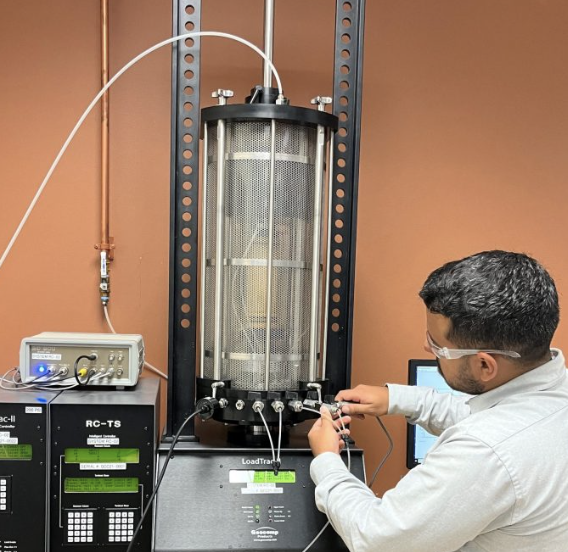
Triaxial shear testing measures the mechanical properties and shear strength of soil samples1 by applying controlled stresses from all directions. Unlike simpler shear tests, it simulates real in-situ conditions by controlling both axial and confining pressures.
This method helps determine:
- Sự gắn kết (c)
- Internal friction angle (φ)
- Pore-water pressure behavior
- Soil stiffness and deformation characteristics
Understanding these parameters allows engineers to predict soil stability accurately2 for foundation design, slope stability, and earthworks.
Types of Triaxial Tests
Triaxial testing generally falls into three main categories, each suited for different conditions and objectives:
| Loại thử nghiệm | Description | Typical Use |
|---|---|---|
| Unconsolidated Undrained (UU) | No drainage allowed; quick test | Rapid loading scenarios, embankments |
| Consolidated Undrained (CU) | Consolidation occurs; no drainage during shear | Short-term slope stability, foundations |
| Consolidated Drained (CD) | Both consolidation and drainage permitted | Long-term stability analysis |
Selecting the right test method depends heavily on the soil type, stress conditions3, and the purpose of your analysis.
Key Equipment for Triaxial Testing
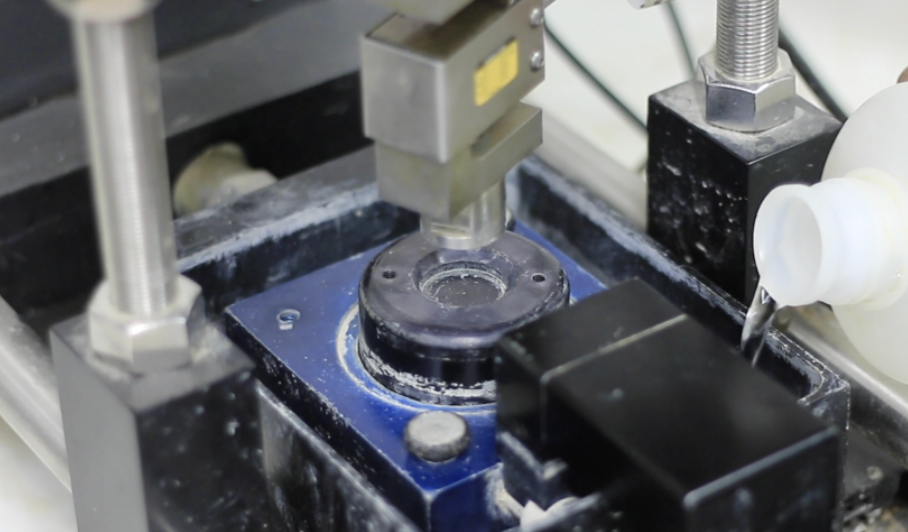
Essential equipment for triaxial testing includes:
- Triaxial Cell4: Provides controlled confinement of the soil sample.
- Loading Frame5: Applies axial stress to the sample at a controlled rate.
- Pressure Controllers: Precisely regulate confining pressures and measure pore-water pressure.
- Data Acquisition System6: Records real-time stress-strain behavior during the test.
- Membranes and Porous Stones: Ensures uniform stress and drainage conditions within the soil specimen.
Quality equipment and careful setup ensure accurate and repeatable test results, which are critical for reliable geotechnical analysis.
Applications and Interpretation of Results
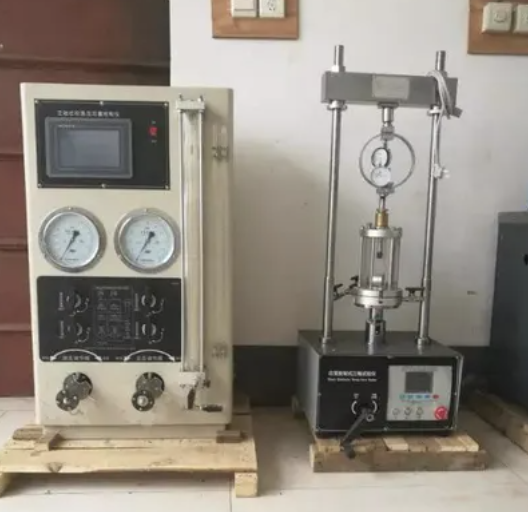
Results from triaxial tests provide key parameters for various geotechnical applications, including:
- Foundation Design: Determines bearing capacity and settlement potential.
- Slope Stability: Assesses risks of slope failure and landslides.
- Earthworks and Embankments: Evaluates compaction requirements and deformation behavior.
- Retaining Structures: Predicts lateral earth pressures and stability.
Correct interpretation involves analyzing stress-strain curves7, pore-water pressure responses8, and determining strength parameters (cohesion and friction angle9).
| Tham số | Significance in Engineering Design |
|---|---|
| Sự gắn kết (c) | Essential for stability in cohesive soils |
| Friction Angle (φ) | Crucial for slope stability and foundation design |
| Pore Pressure | Influences soil strength and effective stress |
By interpreting these results correctly, engineers can confidently design safer and more economical structures.
Phần kết luận
Triaxial shear testing remains an indispensable tool in modern geotechnical engineering, providing comprehensive insights into soil strength and behavior. Understanding testing methods, using appropriate equipment, and accurately interpreting results ensure effective and reliable engineering solutions across diverse civil engineering applications.
-
Explore this link to gain a deeper understanding of how soil properties affect engineering and construction projects. ↩
-
This resource will provide insights into methods and tools for accurately assessing soil stability, crucial for safe construction. ↩
-
Understanding these factors is crucial for selecting the appropriate triaxial test method, ensuring accurate results for your project. ↩
-
Understanding the function of a Triaxial Cell is crucial for accurate soil testing and geotechnical analysis. ↩
-
Exploring the mechanics of a Loading Frame can enhance your knowledge of stress application in soil tests. ↩
-
Learning about Data Acquisition Systems can improve your understanding of real-time data collection in geotechnical testing. ↩
-
Interpreting stress-strain curves helps in understanding material properties and predicting failure, vital for engineering applications. ↩
-
Understanding pore-water pressure responses is crucial for predicting soil behavior under load, which is essential for safe construction practices. ↩
-
Cohesion and friction angle are fundamental parameters in soil mechanics that influence stability and design, making them essential for engineers. ↩


